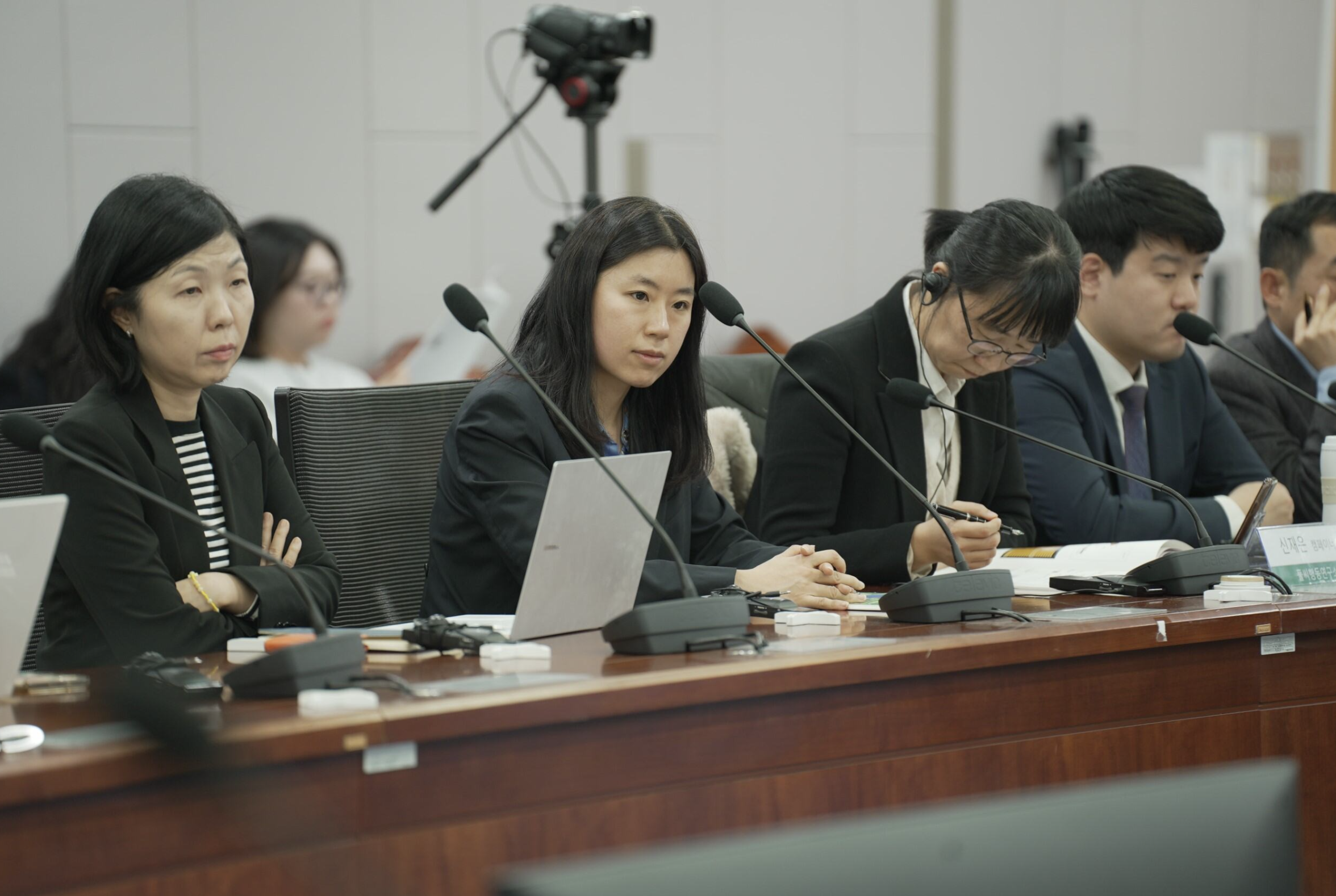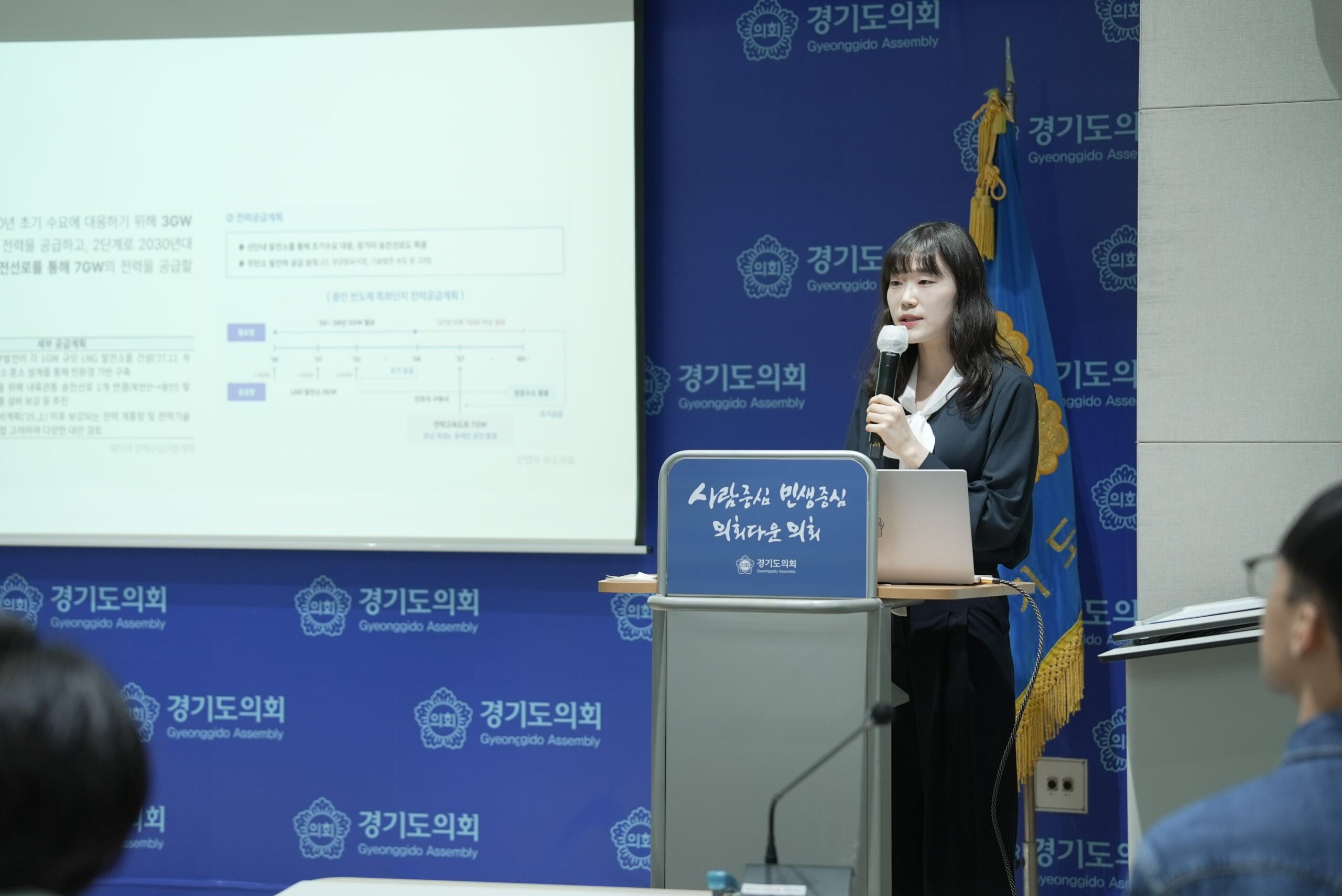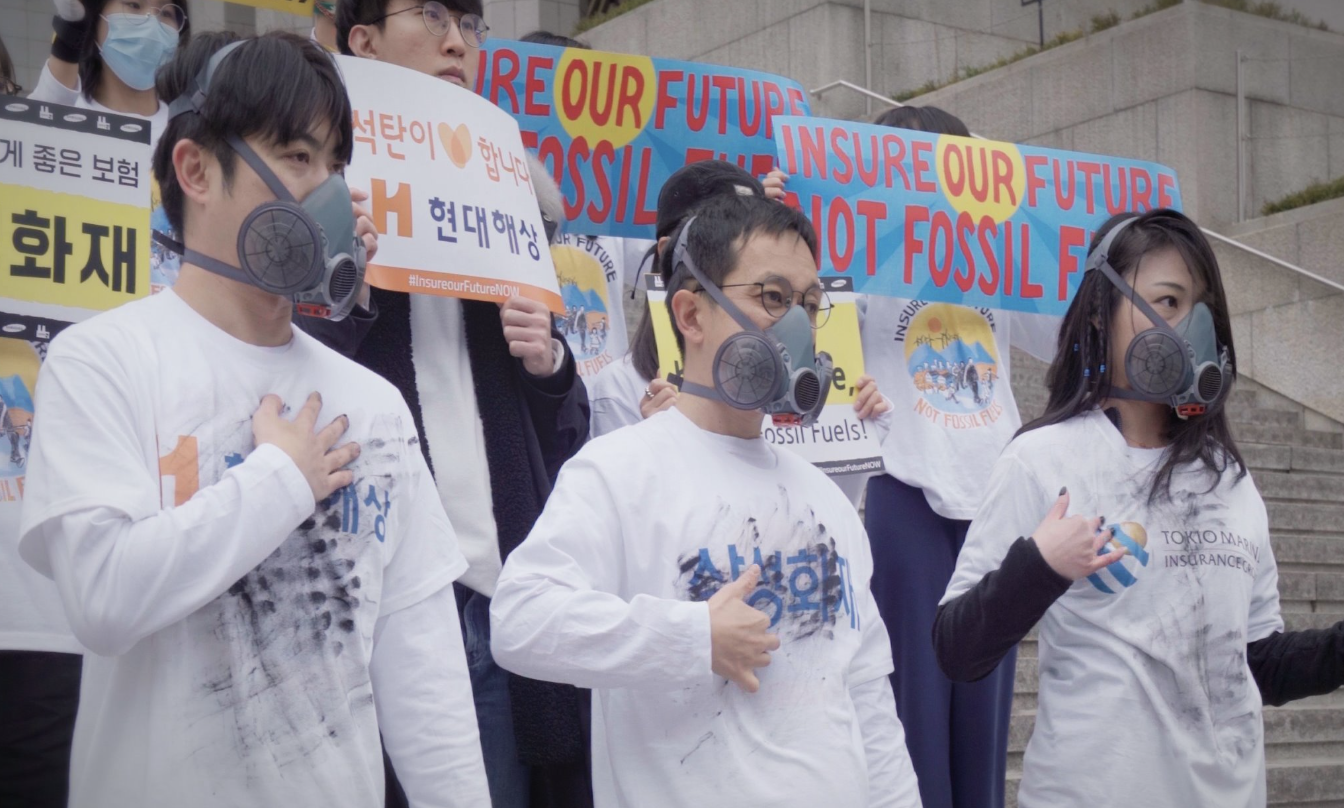Accelerating coal-to-renewables transition in South Korea could almost
triple job creation, new study shows
Phasing out coal power in South Korea by 2029 in alignment with the Paris Agreement, and replacing it with solar, wind and storage, would deliver, on average, 2.8 times more direct jobs over this decade than current policy plans, a study by Climate Analytics and Solutions for Our Climate reveals. South Korea has yet to announce an official coal phase-out date. The analysis, which also shows the employment impact at the regional level, aims to inform current discussions around a Just Transition away from coal.
July 29, 2020 — South Korea could almost triple job creation associated with its electricity generation if it replaced all coal-fired power stations with renewables and storage by the end of this decade, when compared to current policy plans, according to a joint study Employment opportunities from a coal-to-renewable transition in South Korea released today by Climate Analytics and Solutions for Our Climate.
Job creation related to clean energy would outweigh job losses from coal plant closures in all provinces and metropolitan areas across South Korea, the analysis concludes. A previous report has shown that South Korea must phase out coal power by 2029 in order to keep emissions compatible with the Paris Agreement temperature limit.
The researchers analyzed two scenarios, the first assuming South Korea continues with the current policies of the 9th Basic Plan for Electricity Demand and Supply. The other is a coal-to-renewable scenario, characterized by stringent reduction of coal and a complete phase-out by 2029, shutting down coal power based on carbon intensity, and replacing coal capacity with solar PV, wind, and storage.
“Our analysis shows that even just the created jobs from the operations and maintenance of solar, wind and storage infrastructure would outweigh job losses related to coal plant closures,” says Dr. Anne Zimmer, Senior Climate Change Economist at Climate Analytics and lead author of the report. “This signals the real opportunity here for a just transition away from coal, with the right policies.”
On average, more than 62,000 additional jobs per year would be created in total in the first half of the decade and more than 92,000 jobs per year in the second half with an accelerated coal phase-out (CtR) scenario compared to current policy plans. Most of the growth in the first half of the decade would occur in utility-scale solar PV and relevant storage jobs. In the second half of the decade, the greatest employment increase would occur in rooftop solar, small-scale storage, offshore wind, and hydrogen storage.
Seukyoung Lee, researcher at Solutions for Our Climate, said: “As South Korea’s new Carbon Neutrality Committee considers various emissions scenarios, there’s also been discussion about policy measures to address labor concerns related to a faster energy transition. This study shows that an expedited coal phase-out and renewables replacement by 2030 is also an opportunity for job creation for the Korean economy that would benefit all provinces and major metropolitan areas in South Korea, even those with the most coal plants. These findings should catalyze discussions on the country’s coal phase-out date and how national and subnational governments and businesses can support targeted training and retraining of workers in the coal industry.”
Coal provinces like Incheon and Gangwon-do could boost their employment by at least 1.3 times, Chungcheongnam-do and Gyeongsangnam-do by 1.4 times, and Jeollanam-do over 3 times, by unlocking their local renewable energy potential more rapidly than envisaged under current policy plans, outweighing local job losses from coal plant closures.
South Korea was the world’s 9th largest carbon emitter in 2019, with 2017 per-capita CO2 emissions of 12.15 tons CO2/person. A major barrier to reducing emissions has been its high reliance on coal power, which accounts for 40% of total electricity generation. Despite the country’s pledge to go carbon neutral by 2050, its current 2030 commitment under the UN climate talks (the “nationally determined contributions” - or NDCs) of reducing emissions by 24.4% below 2017 levels has been rated as “highly insufficient” by the Climate Action Tracker. This is at odds with the need for South Korea to phase out coal from its electricity system before 2030 to be in line with what would be needed for achieving the Paris Agreement.
Lee concluded, “The IEA emphasizes that OECD countries including South Korea need to phase out coal power by 2030 to reach global carbon neutrality by 2050 – and there are growing calls internationally for South Korea to exit coal power by the end of the decade. This study shows that phasing out coal and replacing that capacity with renewables by 2030 benefits not only our climate but can also bring local economic benefits.”
ENDS.
For media inquiries, please reach out to:
Holly Simpkin, Climate Analytics, Communications Officer, press@climateanalytics.org
Seukyoung Lee, Solutions for Our Climate, Researcher, seukyoung.lee@forourclimate.org
Notes
The Climate Analytics report builds on previous studies:
Assessing the health benefits of a Paris-aligned coal phase-out for South Korea (2021)
• Presents two unit-level decommissioning schedules aligned with the Paris Agreement
• Finds that 18,000 lives (12,000 in Korea) could be saved by exiting coal by 2029, instead of 2054
• Reveals that South Korea must phase out coal power by 2029 in order to be in line with the Paris Agreement threshold
• Shows that Korea’s NDC would need to be scaled to up to 59% below 2017 emission levels by 2030 to be Paris Agreement-compatible
Climate Analytics is a non-profit climate science and policy institute based in Berlin, Germany with offices in New York, USA, Lomé, Togo and Perth, Australia. It seeks to empower those most vulnerable – Small Island Developing States and Least Developed Countries – to use the best science and analysis available in the international climate negotiations, as well as in developing policies and institutional capacity to adapt to climate change. Climate Analytics undertakes extensive research on the 1.5°C temperature limit in the Paris Agreement, evaluates progress on climate action and shows governments how they can act on their policies to keep global warming to this limit.
Solutions for Our Climate (SFOC) is a South Korea-based group that advocates for stronger climate change policies and transition towards a fossil-free society. SFOC is led by legal, economic, financial, and environmental experts with experience in energy and climate policy and works closely with policymakers.
On the underlying methodology: The study focuses on assessing the direct employment impacts from replacing coal power generation with solar and wind power generation as well as storage.
The authors first conducted a detailed assessment of the subnational techno-economic potential of solar PV rooftop, PV open field (utility-scale), offshore wind and onshore wind, based on modelling with high-resolution gridded data. The resulting spatially-explicit information on regional solar and wind potentials allows to identify the cost and maximum potential of renewable capacity in each province. This data, in addition to the unit-level phase out schedule building on previous work conducted by Climate Analytics, is used as an input to a model based on the PyPSA (Python for Power System Analysis) framework to identify the optimal location and amount of these technologies (from a techno-economic perspective), as well as associated storage needs necessary to replace coal. The electricity demand trajectory is assumed to be exogenously given by policy plans (in the 9th Basic Plan) and is identical in both scenarios to allow the comparison of employment impacts stemming from the transition away from coal. This implies that electricity demand increases resulting from sector coupling and the electrification of other sectors such as transport are not taken into account in this study. Focusing on replacing coal power generation with solar and wind power generation and storage, it is assumed that the capacity trajectories of other technologies follow policy plans as outlined in the 9th Basic Plan to highlight the impacts of a coal phase out. Capacities are assigned to the province level exploiting information from the spatially explicit modelling of solar and wind potentials as well as the geolocation of coal power plants.
Employment effects (direct jobs at the national and provincial level) are calculated building on an employment factor approach with employment factors tailored to the South Korean context based on available data.
Share this insights



